Raigad (Maharashtra), Aug 3: Two bodies were recovered on Wednesday after more than half the Mumbai-Goa highway bridge collapsed the previous night, plunging around 10 vehicles into the water.
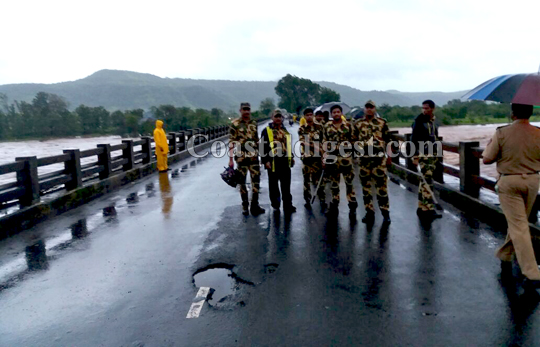
A multi-agency search operation was launched in the morning after a section of the British era bridge gave way due to heavy rains, leaving at least 22 people missing.
The bridge collapsed around midnight on Tuesday, but vehicles, unable to see the missing section in the dark, fell into the river. Two Maharashtra State Road Transport Corporation (MSRTC) buses were among the vehicles, carrying 17 passengers in total.
State authorities fear that victims of the mishap might have been washed into the sea 35 kms away.
Locals found the two male bodies 8 kms downstream from the site of the collapse. State authorities including the Raigad collector and the state public works minister, said the bodies were yet to be identified.
Government agencies, including teams from the National Disaster Response Force (NDRF), Navy and Indian Coast Guard, began search and rescue operations on Wednesday morning. The collector and police superintendent had arrived to coordinate efforts.
Stalled traffic from the collapsed bridge was diverted to a parallel bridge, the collector said.
Confirming the incident, chief minister Devendra Fadnavis tweeted at around 2 am on Tuesday night, saying: “There is no confirmed assessment of the casualties as the area is still very dark.”
He explained that there were two parallel bridges -- an old one constructed during the British era, and new one -- which connected to the Mumbai-Goa highway, both critical links to the road network.
“Primary reason seems to be high pressure caused due to flooding of river Savitri due to heavy rains in catchment of Mahabaleshwar,” ANI reported him as saying.
According to MSRTC?officials, the incident happened around 11:30 pm. They received information of the mishap when a driver of a Mumbai-bound bus saw a state transport bus being swept away in the current and alerted MSRTC control.
“Appearantly two buses, Jaigad-Mumbai and Rajapur-Borivali, are suspected to have washed away in the flood when the bridge collapsed along with some private vehicles. Seventeen passengers, nine and eight each, were travelling in the two buses,”said VV Ratnaparakhi, general manager (traffic), MSRTC.
The corporation has been unable to contact their staff on the buses.
MSRTC is the biggest public transport undertaking in the country with more than 17,000 buses ferrying 60 lakh passengers daily.
Rescue efforts afoot
Ranjitsingh Deol, vice chairman and managing director of MSRTC, said their officials had reached the spot and were assisting the NDRF team and other authorities in search and rescue operations.
Anupam Srivastava, commandant, NDRF (Pune), said, “The first team comprising of 40 men consisting of divers, swimmers, boats and equipment necessary for rescue operations was dispatched at 5 am in the morning. Three more teams -- two from Mumbai and one from Pune, each consisting of 40 men, have been asked to join operations.”
The Coast Guard dispatched a Chetak helicopter for search sorties at about 8:15 am to locate people who were swept away in the river’s current. A Seaking 42C all weather aircraft with diving team is being launched by the Indian Navy, a defence spokesperson said.
Additional superintendent of police (Raigad), Sanjay Patil, said 35 professional divers were combing the area on five boats and two kayaks. He added one helicopter from the coast guard and Navy each had joined the aerial survey.
For information on the missing persons, one may contact the toll free number 1077 or call on 02141 - 222118.
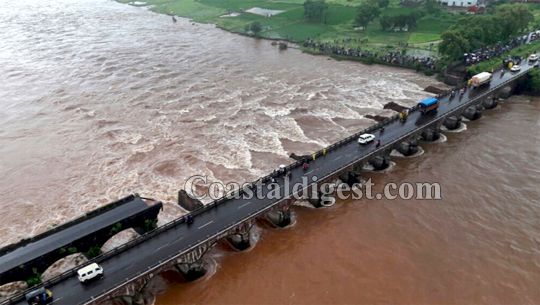
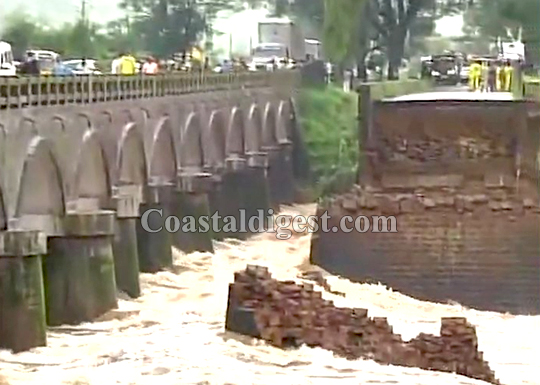
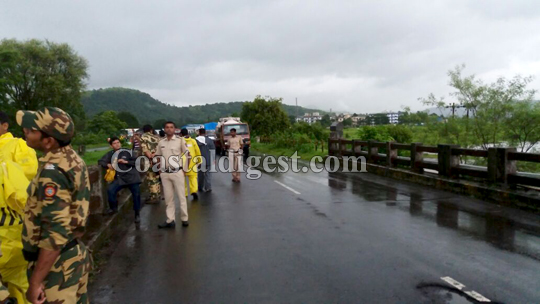
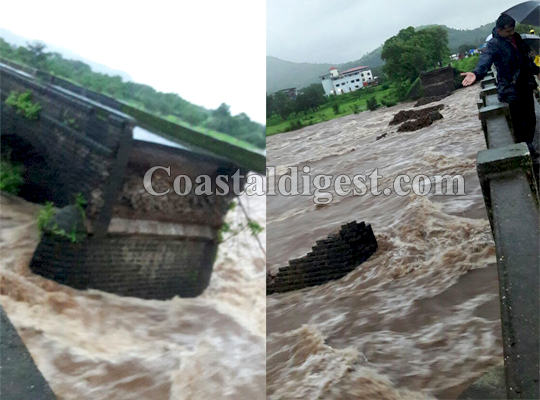
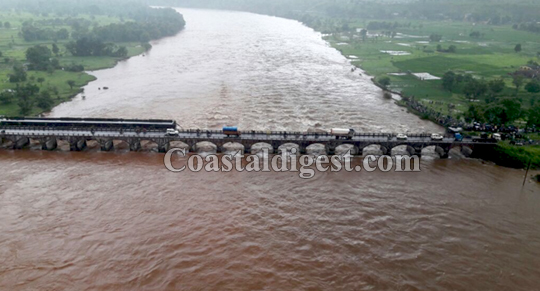





Comments
Also please take proper action on Gurupr bridge , thats also very old and from british era
Government should give priority on maintaining Kulur bridge, that too was built during british time.....please do not save money at the cost of safety of humankind.....
Add new comment